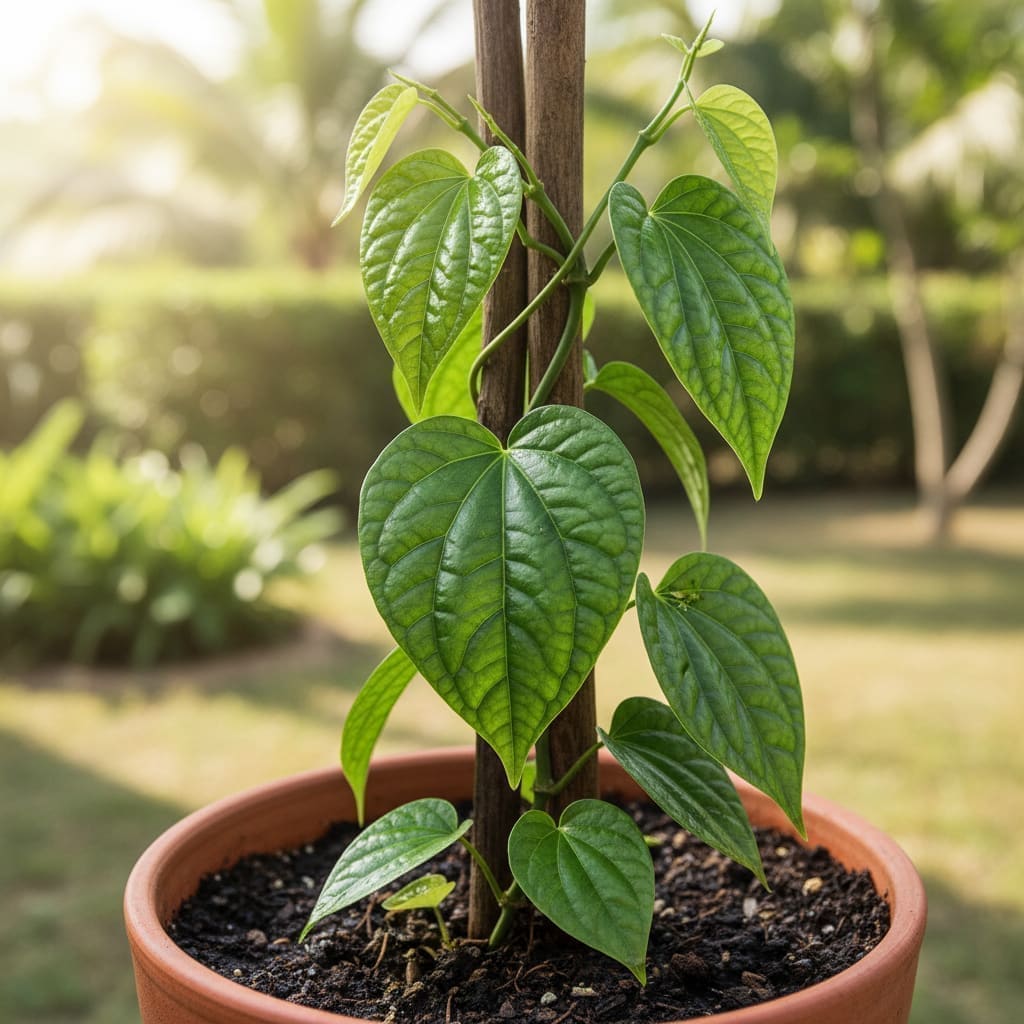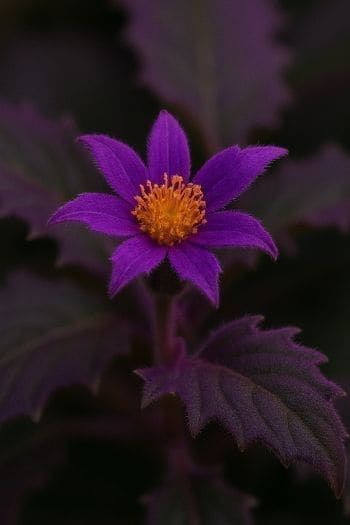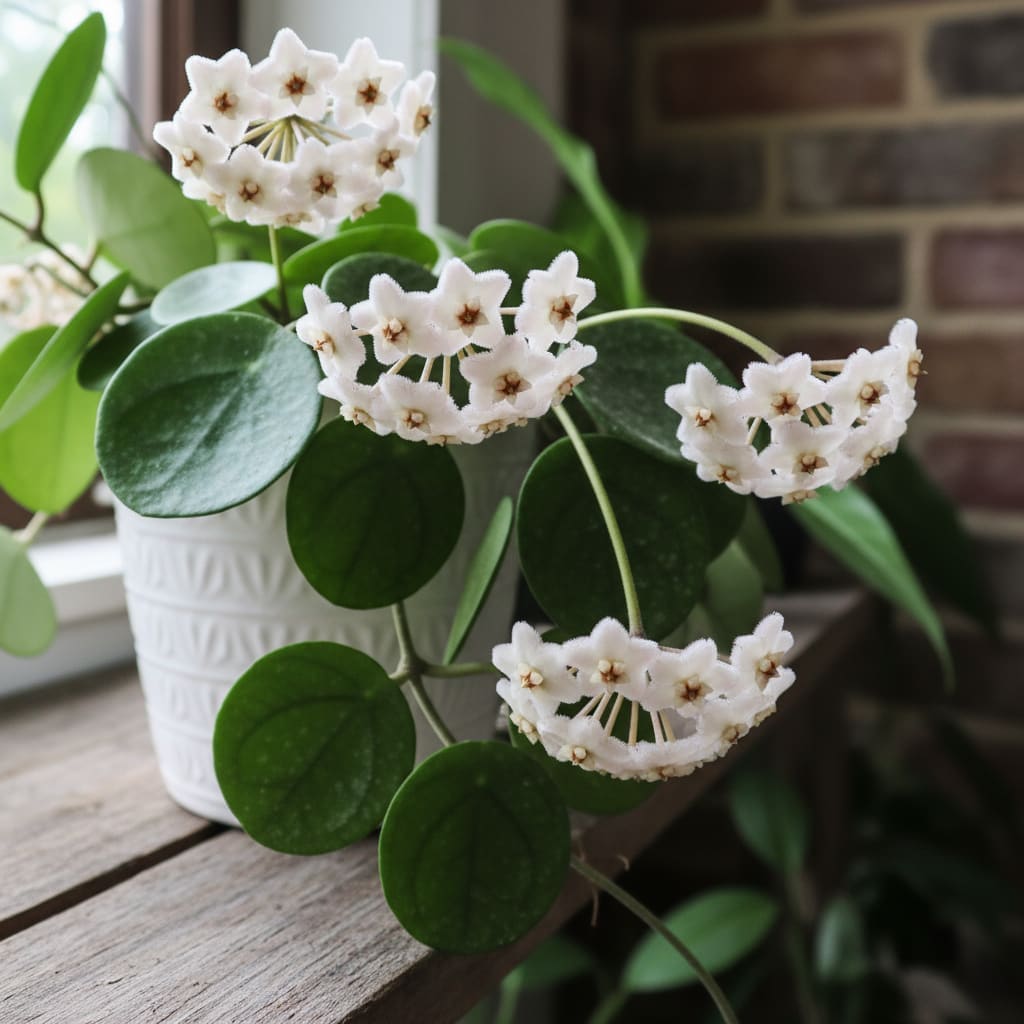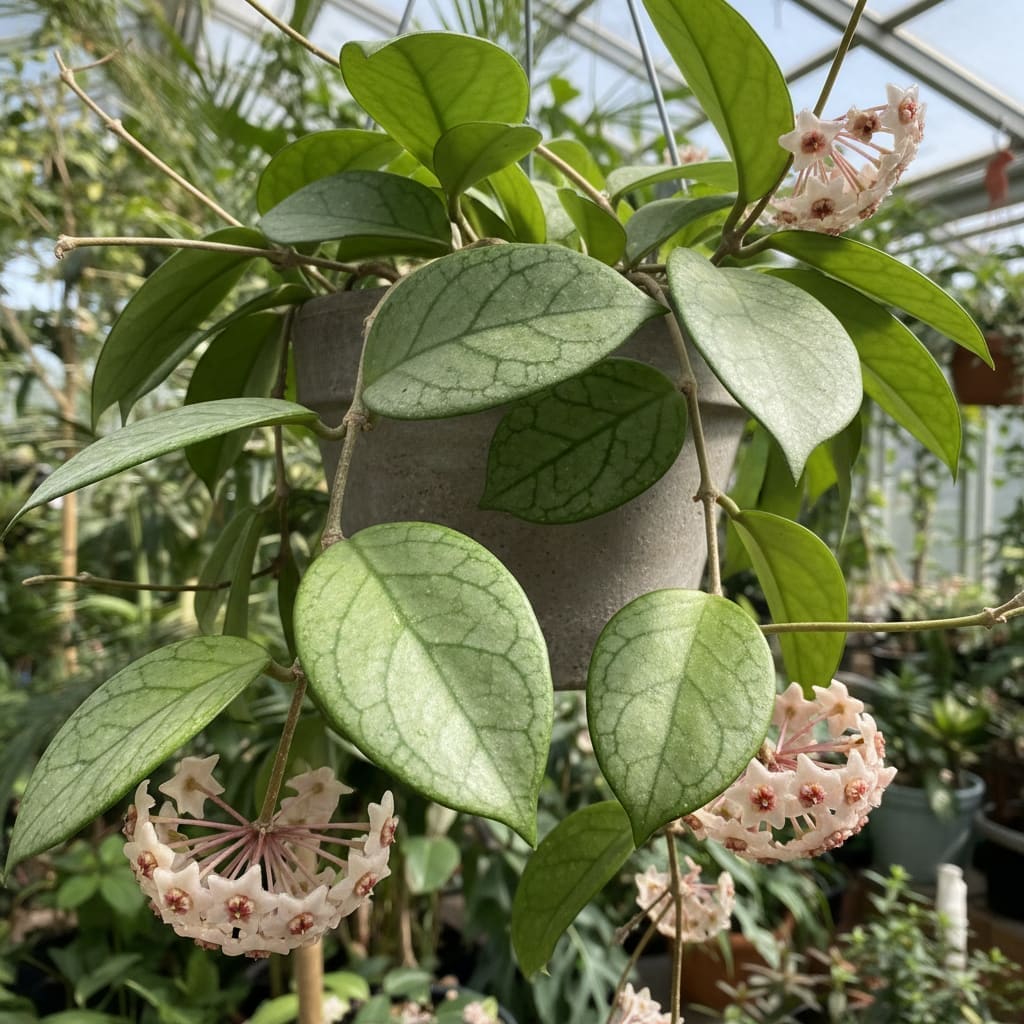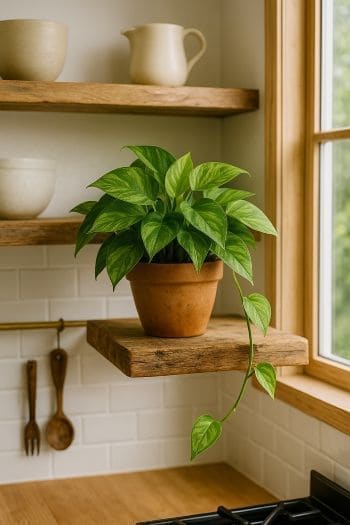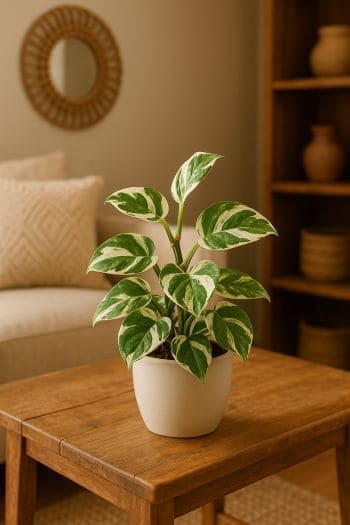Betel Leaf Plant (Piper betle) Care & Growing Guide
Overview
Piper betle, commonly known as the Betel Leaf Plant, is a perennial vine native to Southeast Asia. It is prized for its glossy, heart-shaped leaves, which are culturally significant in many regions and often used in traditional ceremonies. In cultivation, it is grown primarily for its attractive foliage and trailing or climbing habit, making it suitable for both ornamental and practical purposes in warm, humid environments.
This tropical plant thrives in bright, indirect light, warm temperatures, and high humidity. With proper care, it can be trained to climb trellises or moss poles, or allowed to trail from hanging baskets.
Identification & Growth Habit
The Betel Leaf Plant is a vigorous, evergreen climber in the pepper family (Piperaceae). Its stems are slender and flexible, producing aerial roots at the nodes that help it cling to supports. Leaves are glossy, smooth, and heart-shaped, measuring 5–12 cm long, with prominent veins and a pointed tip. The plant can grow several meters long when supported, making it ideal for vertical gardening.
In its native habitat, it climbs up trees or other structures in the understory of tropical forests. Indoors or in containers, it can be trained to grow vertically or allowed to cascade.
Light & Placement
Provide bright, indirect light for optimal growth. A location near an east- or north-facing window is ideal, or a few feet back from a bright south- or west-facing window. The plant can tolerate some dappled sunlight but should be protected from harsh midday rays, which can scorch leaves.
- Indoors: Place near bright windows with filtered light.
- Outdoors: Grow in partial shade; avoid direct afternoon sun.
Watering & Humidity
Water when the top 1–2 inches (2.5–5 cm) of soil feel dry. Use room-temperature water and ensure excess drains away freely. Do not allow the plant to sit in water, as this can lead to root rot.
Maintain high humidity—ideally above 60%. In dry indoor environments, increase humidity by:
- Using a humidifier nearby.
- Placing the pot on a pebble tray with water (without submerging the pot base).
- Grouping plants together to create a microclimate.
Soil & Repotting
Use a well-draining potting mix that retains some moisture. A blend of peat moss, perlite, and organic matter works well. Ensure the container has drainage holes.
Repot every 1–2 years in spring, or when roots become crowded. Choose a pot only slightly larger than the current one to prevent excess moisture retention.
Fertilizing
Feed every 4–6 weeks during the active growing season (spring and summer) with a balanced liquid fertilizer diluted to half strength. Reduce feeding in autumn and winter when growth slows.
- Overfertilizing can lead to salt buildup—flush soil periodically with plain water.
- Organic liquid fertilizers can be used for gentler feeding.
Pruning & Training
Prune regularly to control size, encourage branching, and remove any yellowing or damaged leaves. The Betel Leaf Plant responds well to trimming, which can also provide material for propagation.
For vertical growth, train stems onto a trellis or moss pole. Secure stems gently with soft ties. A moss pole can also help maintain humidity around aerial roots.
Propagation
The Betel Leaf Plant is most commonly propagated through stem cuttings. Follow these steps:
- Select a healthy stem with at least two nodes.
- Cut just below a node using clean, sharp scissors or pruners.
- Remove the lower leaves, leaving at least one or two leaves at the top.
- Place the cutting in water or directly into moist, well-draining soil.
- If rooting in water, change the water every few days to keep it fresh.
- Roots typically develop within a few weeks; transplant to soil once roots are 2–3 cm long.
Common Problems
Pests
- Spider mites: Look for fine webbing and stippled leaves. Increase humidity and wipe leaves; treat with insecticidal soap if needed.
- Mealybugs: White cottony clusters on stems and leaf nodes. Remove manually and treat with neem oil or insecticidal soap.
- Aphids: Small green or black insects on new growth. Spray with water or use horticultural oil.
Diseases
- Root rot: Caused by overwatering or poorly draining soil. Remove affected roots and repot in fresh mix.
- Leaf spot: Brown or black spots may indicate fungal or bacterial infection; remove affected leaves and improve air circulation.
Toxicity & Pet Safety
Piper betle is considered toxic if ingested by pets or humans in significant quantities. Keep out of reach of cats, dogs, and small children. Symptoms in pets may include oral irritation and digestive upset.
Styling & Decor Tips
- Train on a decorative trellis for a vertical accent in bright rooms.
- Grow in a hanging basket to showcase its trailing stems.
- Pair with other tropical foliage plants for a lush indoor jungle effect.
Varieties & Cultivars
Several regional varieties of Betel Leaf exist, differing in leaf size, shape, and flavor when used traditionally. In ornamental cultivation, most plants are the common green-leaf type; variegated forms are less common and may require slightly more light to maintain coloration.
Buying Tips & Maturity
When purchasing, select a plant with vibrant, unblemished leaves and no signs of pests. Check the undersides of leaves and stem joints. Younger plants adapt well to new environments, while mature specimens can provide instant impact but may need more careful acclimation.
With proper care, the Betel Leaf Plant can reach several meters in length over time, especially when given vertical support.
Seasonal Care
- Spring/Summer: Active growth period—provide regular feeding, consistent watering, and high humidity.
- Autumn/Winter: Growth slows—reduce watering and feeding; maintain warmth and protect from drafts.
FAQ
- How fast does the Betel Leaf Plant grow?
In warm, humid conditions with adequate light, it can grow several feet in a single season. - Can I grow Piper betle outdoors?
Yes, in frost-free tropical or subtropical climates. In cooler regions, grow in containers and bring indoors before temperatures drop below 60°F (15°C). - Does it flower indoors?
Flowering is uncommon indoors; plants are grown mainly for their foliage. - How often should I repot?
Every 1–2 years, or when roots fill the pot. - Is the Betel Leaf Plant edible?
While the leaves are traditionally used in some cuisines and cultural practices, the plant is toxic in certain contexts and should not be consumed without proper knowledge and preparation.
Source: Wikipedia
